Numbers
Numbers are the fundamental building blocks of mathematics. They can be used to count, measure, and perform calculations. In mathematics, numbers can be classified into different categories, such as whole numbers, integers, rational numbers, and real numbers.
Types of Numbers
1. Whole Numbers: Whole numbers are non-negative integers, including 0. They are used for counting and do not have any fractional or decimal parts.
2. Integers: Integers are the set of whole numbers and their negative counterparts. They include positive numbers, negative numbers, and zero.
3. Rational Numbers: Rational numbers are numbers that can be expressed as a fraction of two integers, where the denominator is not zero. They can be written in the form a/b, where a and b are integers and b is not equal to 0.
4. Real Numbers: Real numbers include all rational and irrational numbers. They can be represented on the number line and include integers, fractions, decimals, and irrational numbers like π and √2.
Operations with Numbers
Numbers can be used in various mathematical operations, such as addition, subtraction, multiplication, and division. These operations allow us to perform calculations and solve problems involving quantities and measurements.
Number Properties
Numbers have certain properties that govern how they behave in mathematical operations. These properties include the commutative property, associative property, distributive property, and the identity and inverse properties for addition and multiplication.
Conclusion
Understanding numbers is essential for developing mathematical skills and solving real-world problems. By mastering the properties and operations of numbers, students can build a strong foundation for more advanced mathematical concepts.
[Numbers] Related Worksheets and Study Guides:
.◂Math Worksheets and Study Guides Second Grade. Fractions Greater Than or Less Than 1/2
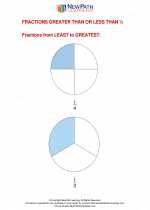
 Worksheet/Answer key
Worksheet/Answer key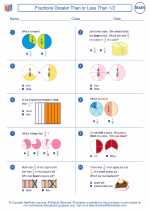
 Worksheet/Answer key
Worksheet/Answer key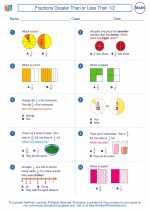
 Worksheet/Answer key
Worksheet/Answer key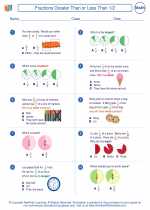
 Worksheet/Answer key
Worksheet/Answer key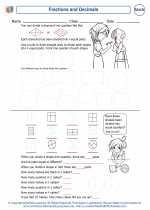
 Worksheet/Answer key
Worksheet/Answer key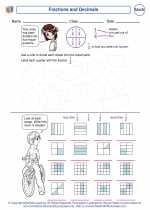
 Vocabulary/Answer key
Vocabulary/Answer key
